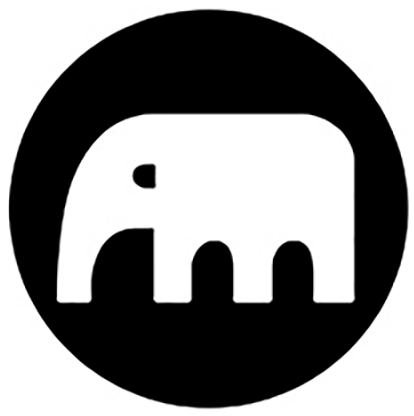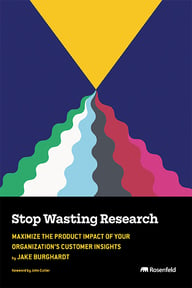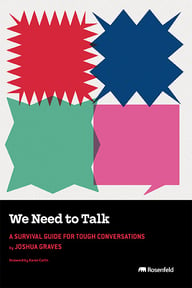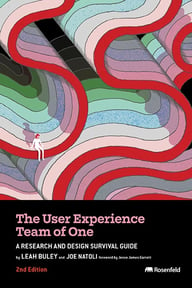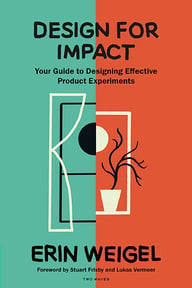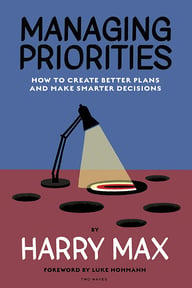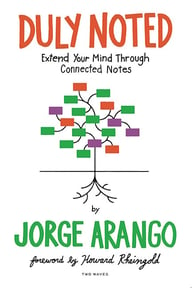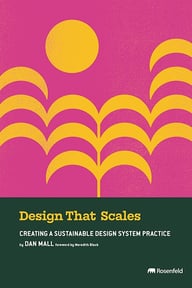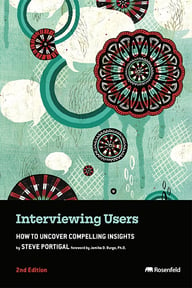Summary
Did you know that many of the most world-changing innovations of the past century wouldn’t exist, if it wasn’t for designers who thought beyond the average? From the modern internet as we know it, to the billion dollar audiobook market, innovation is driven by designs that solve real problems for real people on the edges, and thus create a more flexible, adaptive, and usable world for everyone. Inclusive design can help you and your team operationalize this sort of innovation, and turn visionary thinking into an every day tool. In this session, you’ll learn: - Why inclusivity unlocks product and design innovation - How to understand The ROI of design inclusion - How to avoid the costly risks of designing only for the averages - How to champion inclusive practices that prepare your organization for the future
Key Insights
-
•
One in four people in the U.S. have a disability, and globally 16% of the population do, representing a $13 trillion untapped market.
-
•
Disability exists on a spectrum: permanent, temporary, and situational, all of which impact user needs and should influence design.
-
•
Designing for the edges automatically ensures a product works better for the average user, while designing just for average users excludes most.
-
•
Historical examples like the typewriter and Siri prove that accessibility-driven innovation benefits all users and drives market growth.
-
•
Ignoring accessibility early leads to costly and ineffective retrofits, potentially costing up to 200 times more than designing inclusively upfront.
-
•
Accessible design features often improve usability and create convenience for wider populations, e.g., speech interfaces, dark mode, and captions.
-
•
Design systems and cross-functional roles position design teams uniquely to embed accessibility throughout product lifecycles and organizations.
-
•
Framing disability as a mismatch between user and environment (social model) instead of a medical problem increases acceptance and inclusion.
-
•
AI trained on average users risks perpetuating past inequalities and inaccessible designs unless inclusivity is prioritized.
-
•
Systematic inclusive design concurrently meets legal compliance and unlocks innovation, improving product quality and user reach.
Notable Quotes
"When we design for the edges, we get the middle for free."
"One in four people in the United States have a disability."
"Designing for the average means designing for nobody."
"If we think about training AI on the average, then what we will get is more of the same."
"Accessibility is innovation and the kinds of features people with disabilities need are incredible conveniences for the rest of us."
"Shifting left means thinking about accessibility before you start writing code."
"It can cost up to 200 times more to remediate and retrofit a solution as opposed to designing it correctly in the first place."
"You own the design system, which gives you the unique ability to integrate that accessibility thinking into all of your components."
"When we build accessibility into an environment, especially if we do it subtly, it becomes the new normal."
"If we think disability as a mismatch between user and environment rather than a medical problem, it becomes easier to understand how accessibility benefits everyone."
Or choose a question:
















More Videos

"More frequent, open communication and direct conversations helped us avoid assumptions and deliver something usable quickly."
Iain McMaster IHan ChengDesign and Product: from Frenemy to Harmony
November 29, 2023

"The conversation about risk needs to shift to what’s the acceptable amount compared to the value of the opportunity."
Marc Rettig Julie Baher Phil Gilbert Nathan ShedroffDiscussion
May 14, 2015

"An AI algorithm that didn’t explicitly consider race still produced racial disparities by using healthcare costs as a proxy."
Raven VealDark Metrics: Illuminating the Negative Impact of Digital Health Design
March 12, 2021

"There’s a huge opportunity in transitioning people from other disciplines into design roles."
Nick CochranGrowing in Enterprise Design through Making Connections
June 3, 2019

"Are we feeling trapped in this thing called UX design, limited by mechanized processes like agile?"
Uday GajendarThe Rise of Meta-Design: A Starter Playbook
May 19, 2022

"Campfires are tribal, engaged knowledge spaces, libraries are corporate buildings, organized and curated."
Kate Towsey Jake BurghardtResearchOps AMA with Kate Towsey & Jake Burghardt
October 16, 2025

"This program has become the gateway drug for customer research for people who didn’t know its power or value before."
Melissa Schmidt Adam MenterHow UX Research Hit It Big in Las Vegas
June 4, 2019

"You never have enough time or enough people to actually get done everything you wish you could."
Harry Max Jim MeyerPrioritization for Leaders (2nd of 3 seminars)
June 27, 2024

"Scrappy grassroots methods never fully go away; you always need to ask where you can get scrappy next."
Megan BlockerA Selectively Scrappy Approach to ResearchOps
November 8, 2018
